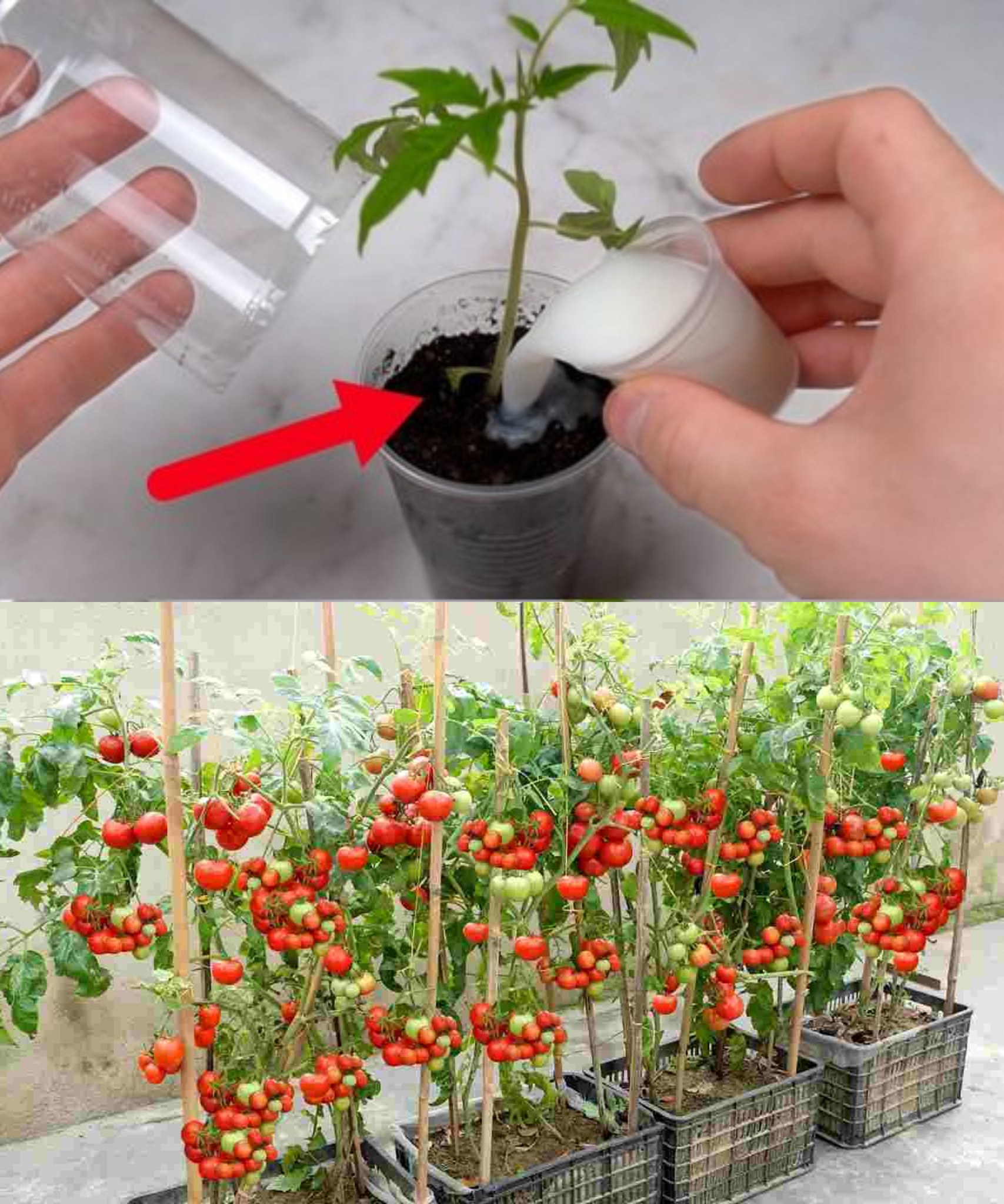ADVERTISEMENT
o Next Page Or Open button (>) and don’t forget to SHARE with your Facebook friends
In addition to fertilizers, adding compost or organic matter to the soil at planting time can give your plants a healthy start and improve soil fertility throughout the growing season.
7. Pruning and Suckering
Pruning your tomato plants can help improve air circulation and direct the plant’s energy toward producing fruit rather than excess foliage. Focus on removing any dead or diseased leaves as well as the “suckers” that grow between the main stem and branches. These suckers can divert energy away from the fruit and result in a less productive plant.
For indeterminate varieties, you can remove side shoots (suckers) to encourage a stronger central stem, while determinate varieties generally do not require as much pruning.
8. Watch for Pests and Diseases
Tomatoes can be vulnerable to various pests and diseases, including aphids, whiteflies, and tomato hornworms. Regularly inspect your plants for signs of trouble and remove pests by hand when possible. Neem oil or insecticidal soap can also help control pest populations in a safe and natural way.
Common tomato diseases include blight, mildew, and blossom end rot. Proper spacing, watering at the base, and good air circulation can help prevent the spread of many diseases. If you spot any symptoms, act quickly to minimize damage.
9. Harvesting Your Tomatoes
Tomatoes are ready to harvest when they have fully ripened and are no longer green. Depending on the variety, the color of the ripe fruit may range from red to yellow to purple. Gently twist the tomato off the vine or use garden shears to snip it from the plant.
If you’re growing larger varieties, allow them to fully ripen on the vine for the best flavor. For smaller varieties, you can harvest them when they are still a little firm, and they’ll continue to ripen off the vine. Make sure to pick tomatoes regularly to encourage the plant to keep producing more fruit.
10. Extend the Harvest Season
If you live in an area with a short growing season, you can extend your tomato harvest by starting your plants indoors and using row covers to protect them from early frost. Alternatively, you can try growing cold-hardy tomato varieties that are better suited for cooler climates.
In colder climates, consider using a greenhouse or hoop house to create a warm environment for your plants, allowing them to thrive well into the fall.
Conclusion
Growing tomatoes is an enjoyable and fruitful endeavor that can yield delicious results. By choosing the right variety, planting in optimal conditions, supporting your plants, and keeping a close eye on their care, you’ll be well on your way to a bountiful harvest. With a little patience and attention, you’ll be able to enjoy the fresh, vibrant taste of homegrown tomatoes all season long!
Happy gardening! 🍅
